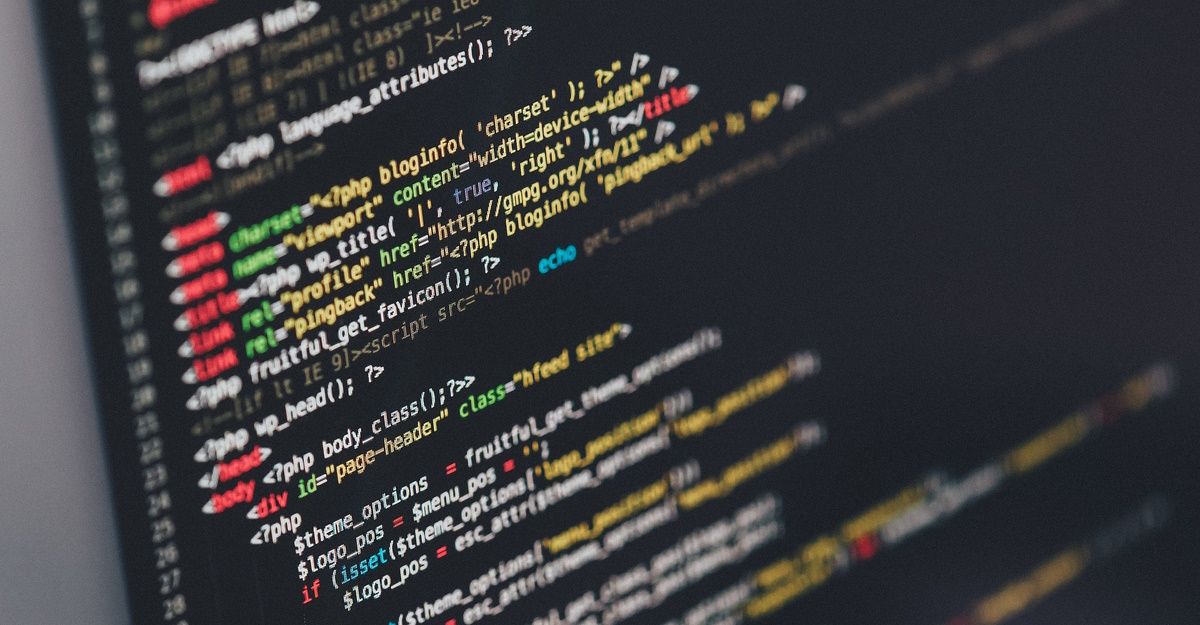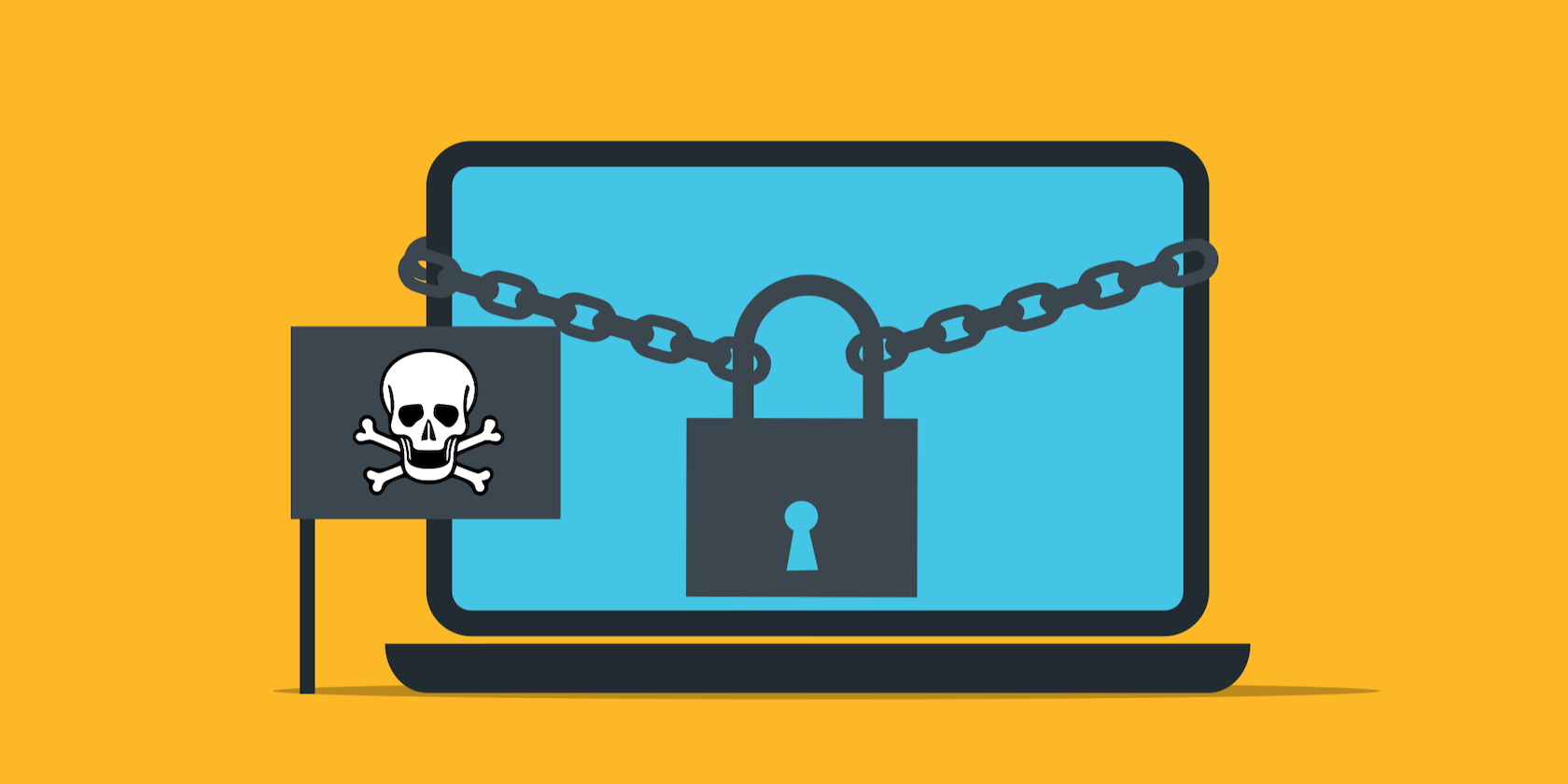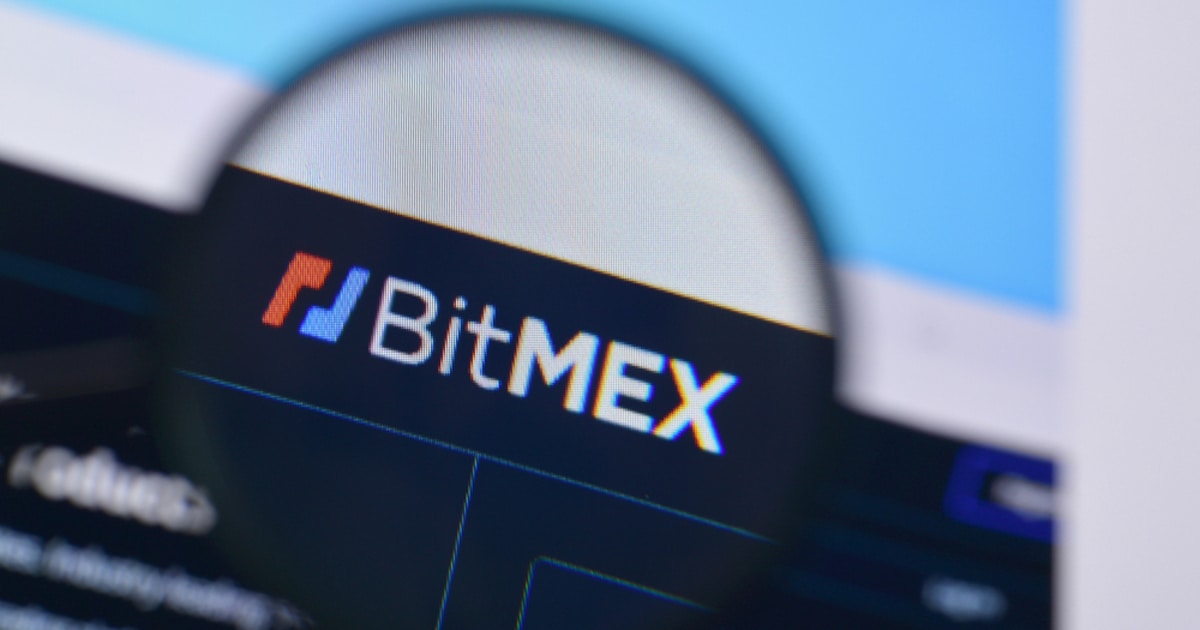Web 3.0, the future of the World Wide Web, will grant you control over your data. As there won’t be a centralized identity management body on the web, you’ll interact directly with other individuals using self-sovereign identities (a way for you to manage your digital identity).
Yet, despite Web 3.0’s potential benefits for data privacy, it won’t solve all your privacy problems. Here’s why:
1. Possible User Errors
Web 3.0 will employ blockchain technology and other advanced technologies. While these systems will ensure transparency, immutability, decentralization, and security, they will also introduce complexities.
As you’ll be responsible for protecting your data on the more complex web, you might make mistakes and compromise your privacy. For instance, you could mistakenly send your private key to a public blockchain or configure a smart contract incorrectly.
User errors can lead to severe consequences, such as exposing sensitive information to the public or providing malicious actors with the tools to hack or scam you.
2. Vulnerabilities Introduced by Coding Errors
Web 3.0 requires code, software, and software development kits (SDKs), which are not immune to errors. While programmers strive to write bug-free code, they could sometimes introduce bugs, creating vulnerabilities for malicious actors.
Moreover, the most prominent feature of Web 3.0 is decentralization, meaning that the software will be open-source. People on the internet will be able to access and contribute to the code. This means that users can knowingly input malicious code, creating vulnerabilities for the whole system.
For instance, scammers can include malicious codes in a smart contract’s source code. Then, they can exploit the vulnerability created to access your data or assets illegally.
If coding errors aren’t detected, they can lead to the loss of your digital assets or sensitive information. Besides, coding errors in decentralized systems are typically harder to fix, as they require a consensus among the network participants.
3. Lack of Regulatory Oversight
Web 3.0 moves away from the centralization in Web 2.0; site owners, web admins, microblogging sites, and online platforms will no longer be in charge. Instead, users of the decentralized web will be responsible for their data and privacy. Anyone can post or publish whatsoever they desire, and no one can block them or delete their data.
However, malicious actors will still exist. So people can post harmful, scam, abusive, and spammy content without being checked, especially as it’ll be tough to identify users through their Personally Identifiable Information (PII).
Furthermore, false information could spread unchecked, opening the door for criminals to deceive unsuspecting users. For instance, you might be misled to share sensitive data that could be used to steal your identity or assets.
Although there are talks of regulatory technologies, they have not yet been defined. These are some of the issues to be unraveled:
- Who’ll be the controller or processor of personal data?
- In each location and jurisdiction, where will data be stored?
- Who will respond to access requests, and how will they do this?
- How can users delete or modify their data on-chain and off-chain?
4. Blockchain Does Not Equal Privacy or Anonymity
People usually equate blockchain technology with privacy and anonymity. But this is not always the case.
Although you can create secure, immutable, and transparent systems using blockchain technology, it does not mean that they’ll be private. Likewise, while you can choose to use a unique address instead of your legal name, it doesn’t necessarily mean you’ll be anonymous.
Data in Web 3.0 is recorded on the blockchain and is visible to all network participants. So if you ever link your real identity to your unique address, your data can be easily traced and analyzed. In addition, if you lose your private key or it falls into the wrong hands, someone else can use your address or identity.
There’s also the chance of someone publishing your real identity on the web without your consent. However, once your data is made public on a blockchain, it becomes accessible.
Furthermore, for Web 3.0 to work, the machines will require data, which you and other Web 3.0 users are to provide. But it is still unclear how this information will be used and if it’ll be secure, private, and anonymous.
5. More Bad Actors Because of the Trustless System
The primary basis of Web 3.0 is creating a World Wide Web where users control their data. So Web 3.0 will use trustless systems; network participants will not have to be verified by any central authority.
Instead of trust, you’ll interact with other parties based on smart contracts or other cryptographic methods designed to facilitate interactions.
However, malicious actors can create smart contracts, decentralized applications (dApps), fake accounts, and other systems to deceive unsuspecting users. Because they do not need to be deemed reputable, these criminals have more opportunities to exploit vulnerabilities.
Remember that online networks will have open-source code, and anyone can contribute without being checked by a central authority. Also, while participants may require a network consensus, they could bypass this using a 51% attack.
6. The Rise of New, Advanced Attacks
Generally, new technologies attract new attacks. As Web 3.0 introduces new ideas and technologies that are yet to be widely understood or implemented, there is a high potential for unique and cutting-edge attacks.
These new attacks may be difficult to detect and prevent because the decentralized web might make it hard to identify malicious actors.
In addition, existing attacks that have not been widely implemented may become more relevant because of Web 3.0. For instance, social engineering attacks may become more prominent. After harvesting personal information, scammers may impersonate reputable users and ask you to invest in scam projects.
While Web 3.0 seeks to employ new, advanced technologies to curb data theft and other risks, malicious actors will likely also employ cutting-edge technologies to attack users.
Web 3.0 Is Promising but Not Perfect
While Web 3.0 can revolutionize the internet, it will not solve all our privacy problems. The lack of regulatory oversight, increased decentralization, and complexity will likely introduce new risks that can compromise our privacy.
As a result, you have to take responsibility for protecting your data and privacy. This will mean staying vigilant for vulnerabilities and attacks, understanding the risks associated with Web 3.0, and learning the necessary measures for ensuring a high level of privacy.
Credit: Source link




















































